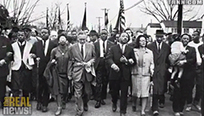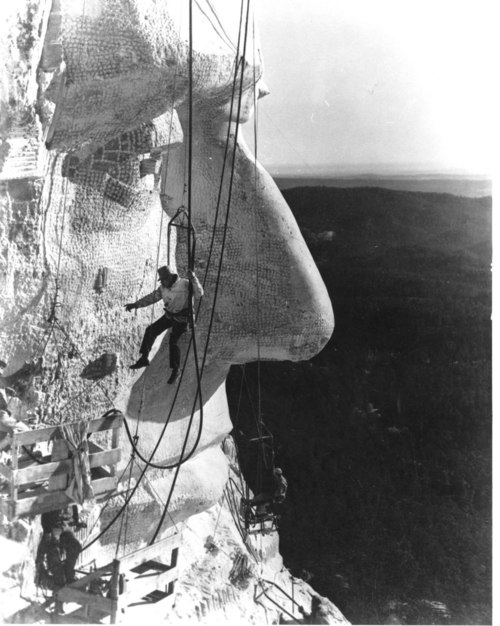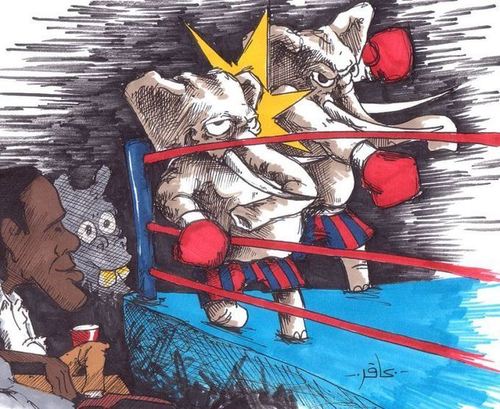“Other cultures are valued only to the degree that they help white people. They do not have value in their own right.”
And how often do we hear about the bad inventions of Europeans? The inventions that kill more people faster.
See on abagond.wordpress.com










